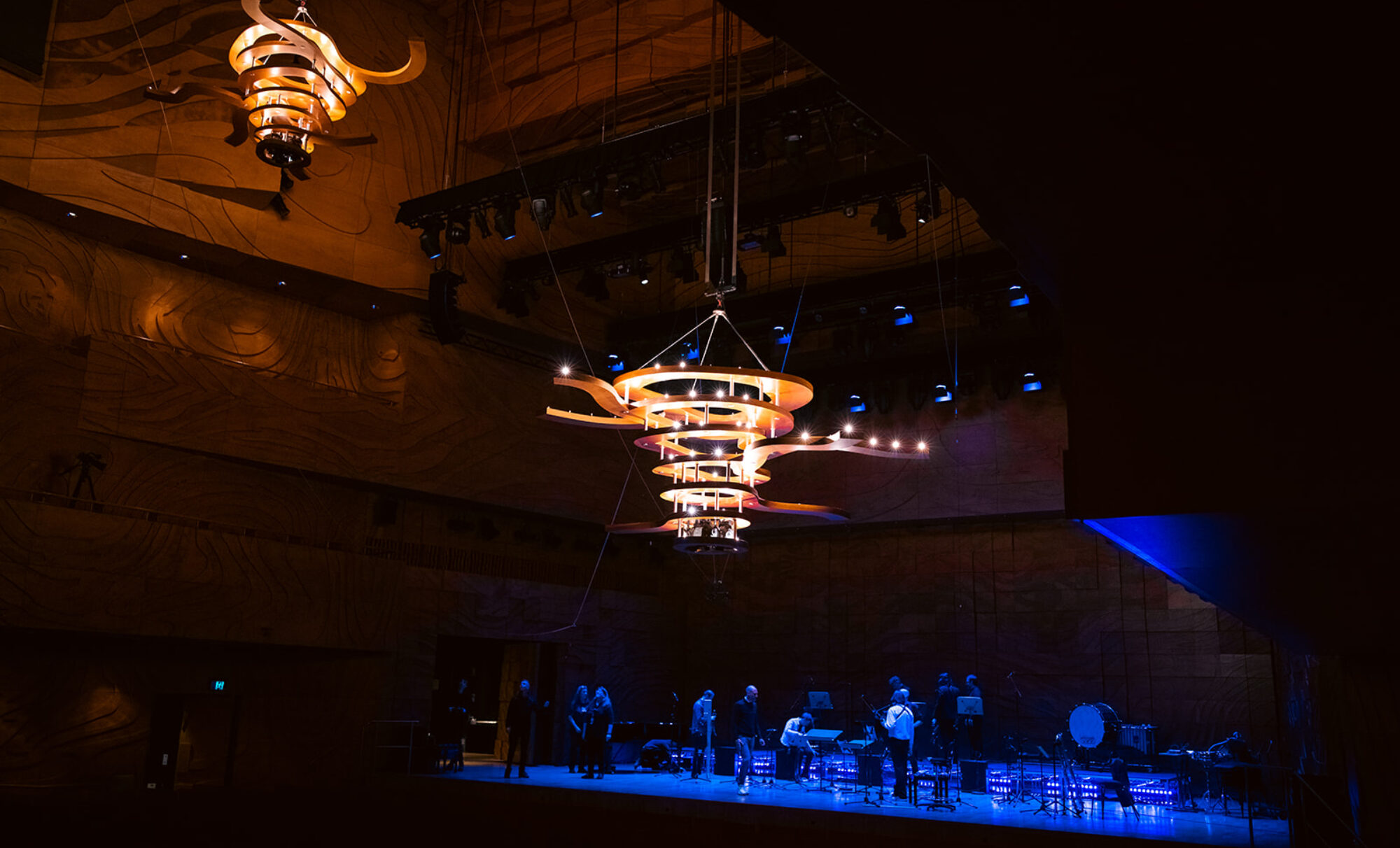How does an ensemble shape the trajectory of a composer’s creative life?
It is not just a matter of enthusiasm for the work, gratifying and necessary as that is; it is not just a commitment to high standards of performance and an emphasis on long-term collaborative relationships, priceless as those are too.
My decade of affiliation with the ELISION ensemble, beginning with a pair of emails out of the blue from Daryl Buckley on 9 September 2007, has featured all of these things—but that does not explain how my work today, even for other performers, bears the stamp of the collective creative force that is ELISION. It is something beyond this: something about shared ideals: a desire to confront extremity and danger, a willingness to court failure (how rare that is among performers; how understandable is that rarity!), a truly radical openness.
These qualities are uncommon enough in individual performers, and several players I first met in the context of ELISION have independently become valued collaborators over the last decade. But in a whole ensemble — and an ensemble that has survived, however precariously at times, for over thirty years — they form some sort of unrepeatable miracle. This miracle invents possibilities, changes a repertoire, and creates a space. It has been an honor, and a career-defining privilege, to inhabit that space with ELISION.– Evan Johnson

Works by Evan Johnson
written for and premiered by ELISION and its musicians:
Apostrophe 1 (All communication is a form of complaint) for two bass clarinets (2008)
Apostrophe 2 (pressing down upon my sternum) for quarter-tone flugelhorn and alto trombone (2009)
à un quart de voix for oboe, E flat clarinet and prepared cello (2010)
A general interrupter to ongoing activity for solo voice (2011)
thaes ofereode thisses swa maeg for violoncello and high voice (2013)
contemptus mundi for clarinet in C and piano (2020-21)
Forthcoming
new work for two contrabasses (2025)
More in SOUNDHOUSE
